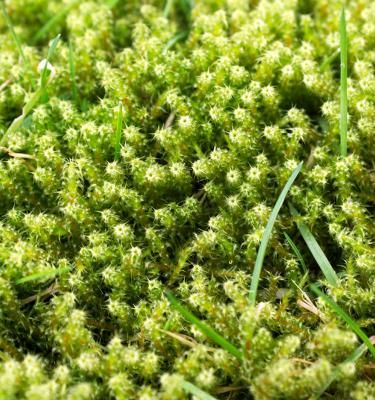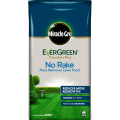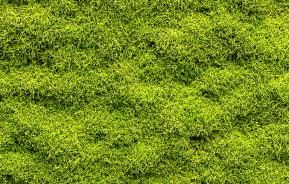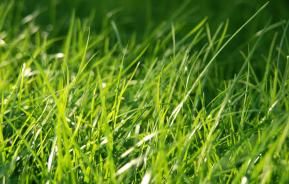Lawn moss can form dense mats outcompeting grass for water and nutrients and making the lawn uneven and spongy to walk on. These primitive plants thrive in damp shady conditions and can quickly spread in struggling lawns.
How to get rid of moss in lawns
What causes moss in lawns?
Moss in lawns is a sign that there is an underlying problem with the lawn. This can be caused by any of several factors, including:
- Poor drainage
- Shade
- Lack of fertiliser
- Grass cut too short
- Heavy foot traffic
Scarifying lawn to remove moss
Ridding lawns of moss requires a two-pronged attack – firstly, to remove the moss and secondly, to stop it coming back.
Physically removing moss is done by scarifying, i.e. raking over the lawn to remove moss and thatch (dead grass). For small gardens this can be done by hand with a spring tine rake. For larger areas, it’s easier to use a mechanical scarifier.
If the moss problem is mild, it may be possible to get on top of it by simply scarifying and then improving the overall health of the lawn by regular lawncare to stop the moss coming back. It is important though to know the best time to do this a you can risk spreading the spore of the moss and making the problem worse.
April and September tend to be the best time to scarify moss as this is when there are no spores. Always mow before scarifying and try not to be too vigorous in spring, only scarify until you can see soil underneath.
Getting rid of moss in lawns however where there is a serious problem needs a combination of moss killer, scarifying and lawncare.
Scarifying moss before treatment is a good idea as if there is a really thick problem then the treatment doesn’t always get to work to the underneath sections so lossening it and thinning it will help the treatment get to work.

Moss killers
Chemical moss killers containing ferrous sulphate (also called sulphate of iron) are the most effective method of eradicating moss in lawns. Some chemical moss killers also include a fertiliser, which is useful for lawns where the grass has lost its vigour. Chemical moss killers are typically applied in autumn or spring when the weather is cool and wet, so that lawn seed sown afterwards to cover bare areas is most likely to germinate.
For gardeners who prefer not to use synthetic chemicals, organic moss killers are also available. These don’t contain ferrous sulphate they use bacteria instead to break down the moss. An advantage of organic moss killers is that since the bacteria effectively ‘digest’ the moss in situ it doesn’t go black and needs no raking out. Organic moss killers need a temperature above 15ºC (59ºF) to work and can be applied from late spring to autumn.










